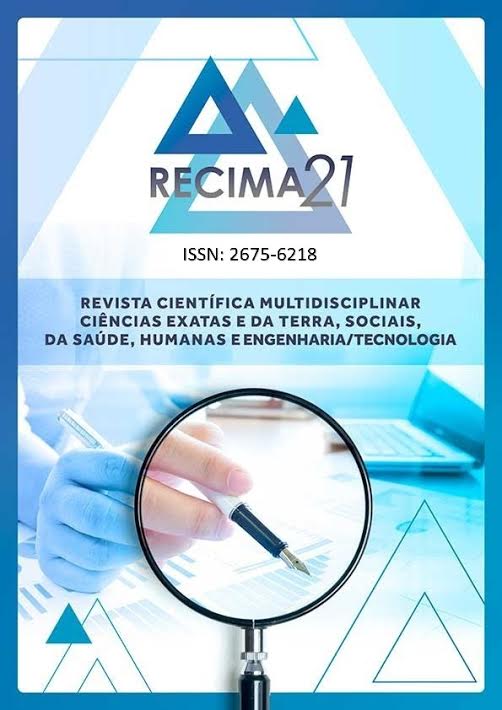Dynamic Monitoring: Comparing Active and Traditional Methods in Monitoring the Acoustics and Psychoacoustics Course
DOI:
https://doi.org/10.47820/recima21.v2i6.395Keywords:
Education as the main means for people development must necessarilyAbstract
Education as the main means for people development must necessarily include the development of multiple skills and expose the student as the center of the learning process, making it an active element in the educational scenario. Aiming at student protagonism, active methodologies are gaining more and more space in education, considering the results already presented, such as academic excellence. Aiming at this excellence, universities use monitoring and tutoring programs that expose the student monitor / tutor to initiation to teaching and academic reinforcement for students participating in monitoring. Objective: To compare the effect of methodologies in traditional and active format, used to monitor the course of Acoustics and Psychoacoustics. Methodology: The research was conducted with two monitoring classes of the Acoustics and Psychoacoustics course of the Speech Therapy course of the Federal University of Paraíba, who participated in the monitoring in the 2014.1 and 2018.1 academic periods with a total of 22 participants. Results: As a result it was possible to highlight in the class that used traditional methodology a higher level of dissatisfaction when compared to the class that used active learning methodologies, besides better results of performance, recommendation, meaningful learning, expectations, performance of the involved monitors and effectiveness. of the techniques and strategies used, reported by the class exposed the active / experiential methodologies.
Downloads
Downloads
Published
How to Cite
Issue
Section
Categories
License
Copyright (c) 2021 RECIMA21 - Revista Científica Multidisciplinar - ISSN 2675-6218

This work is licensed under a Creative Commons Attribution 4.0 International License.
Os direitos autorais dos artigos/resenhas/TCCs publicados pertecem à revista RECIMA21, e seguem o padrão Creative Commons (CC BY 4.0), permitindo a cópia ou reprodução, desde que cite a fonte e respeite os direitos dos autores e contenham menção aos mesmos nos créditos. Toda e qualquer obra publicada na revista, seu conteúdo é de responsabilidade dos autores, cabendo a RECIMA21 apenas ser o veículo de divulgação, seguindo os padrões nacionais e internacionais de publicação.













